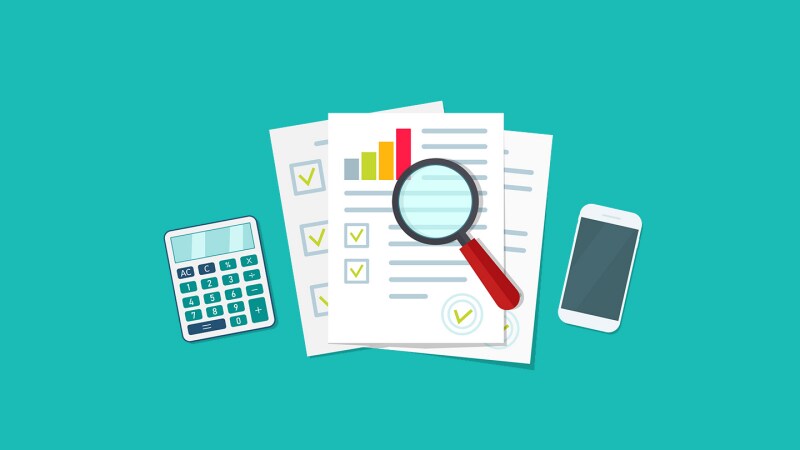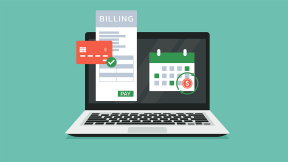600 credit score: A guide to credit scores

Quick insights
- A 600 credit score is considered fair by the VantageScore® and FICO® scoring models.
- A fair credit score can limit you from getting more favorable interest rates or loans.
- Making timely payments and managing your spending can help increase your credit score over time.
You just checked your credit score and see that it is at 600. You may be wondering what this means and how it can impact your financial decisions. Let’s learn more about this score and how to help improve it below.
Understanding your 600 credit score
A 600 credit score is considered to be in the “fair" range. This means you could have some limitations around what lines of credit you are able to access.
Having a 600 credit score could suggest that you have a short credit history, which is an important score factor, or that you may have overcome struggles in the past.
How does a 600 credit score impact interest rates?
With a 600 credit score, borrowers may face higher interest rates on loans and credit cards. Because your score is an indicator of your ability to make timely payments on loans, a 600 credit score could indicate that you’ve missed payments in the past.
According to Experian™, credit reports show that 39% of people in America who have a 600 FICO Score have late payments that are at least 30 days past their due date.
If you have a 600 credit score and you’re interested in taking out a loan or applying for a card, you may want to research your available options to find a preferred interest rate and loan terms based on your current financial situation. For example, look for credit cards that come with no annual fee and don’t require higher credit scores. Note that different lenders may have different criteria for particular loans.
Factors affecting credit scores
To help you better understand how your 600 credit score was generated, below are some important factors that are used to help generate your credit score:
- Payment history: Your ability to make your payments on time, consistently.
- Credit utilization ratio: The amount of credit you use against your total available credit limit. A lower credit utilization ratio usually has a positive impact to your credit score.
- Length of credit history/credit age: The longer the credit history, the better in the calculation of credit scores.
- Types of credit/credit mix: Having a mix of credit types, such as credit cards and loans, can positively impact credit scores.
- Debt-to-income ratio: The amount of your debt compared against your gross yearly income is an important ratio to consider. The higher this ratio, the more this could negatively impact your score.
Help improve a 600 credit score
A 600 credit score doesn’t need to hold you back. Don’t give up, you can improve your credit score and potentially unlock more financial opportunities. To do this, consider taking the following steps:
- Make on-time payments, as payment history is a major factor used to generate your score. One way to help you do this is by setting up automatic payments.
- Maintain a low credit utilization ratio, which should be around 30% or lower.
- Consider enrolling in Chase Credit Journey®, a free online tool anyone can use—whether you’re a Chase customer or not—to view and access your credit score without impacting your credit and to have at hand other useful materials and resources.
- Pay more than the minimum payment and prioritize high-interest cards to help reduce balances. Paying your balances in full will positively affect your payment history as timely payments.
- Use the credit score improvement tool in Credit Journey®. This feature helps you track your score and provides a personalized action plan provided by Experian.
Monitoring your credit
It’s also important to monitor your credit report to review your information and make sure that it is accurate. If you find anything untrue or suspicious on your credit report, you can contact the credit bureaus directly to request having this negative information removed. Be prepared to provide important personal information such as your Social Security number (SSN) to confirm your identity. By keeping track of your report, your spending habits and monitoring your accounts, you may be able to improve your credit score.
Paying off your debts
Additionally, if you have a lot of remaining debt (whether it’s credit card debts or loans), you could improve your score by starting to pay this off and lowering your debt-to-income ratio. You can approach paying off your debt in several different ways, including:
- Debt snowflake method—finding small opportunities to save and put those funds towards your debts.
- Debt snowball method—where you “roll” your monthly payments from your smallest to largest debts.
- Debt avalanche method—prioritizing paying off your loans with the highest interest.
- Balance transfers—shifting your credit card debt, if possible and cost-effective, to another credit card account with a lower APR.
The time it takes to improve a credit score varies, but consistent positive credit behavior can lead to gradual improvement.
In summary
A 600 credit score is labeled as fair, so it could limit you from landing better APRs or hurt your chances of getting approved for certain financial agreements such as mortgages and loans. Keeping credit card balances low and paying bills on time can help maintain and improve credit. While some lenders may offer more flexible options for borrowers with lower credit scores, demonstrating financial stability can help negotiate better terms.
By practicing financially healthy habits your score could improve over time.



